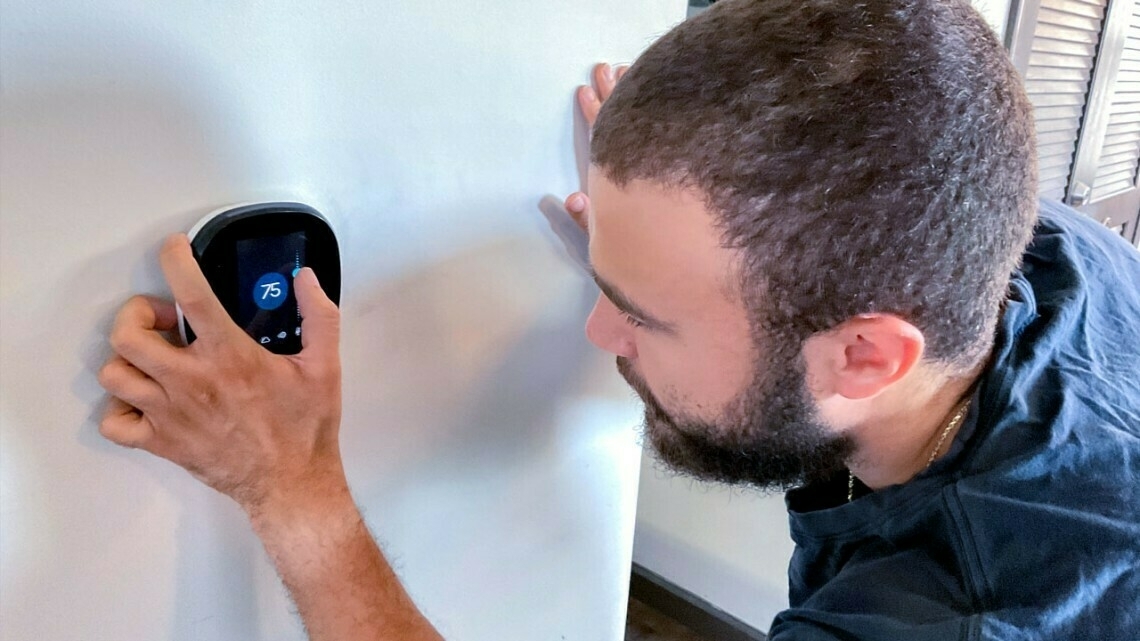Unintended consequences of smart thermostats
It must have been about five years ago when we bought a Nest thermostat. Before that point, the temperature of our house would be a continuous low-level source of friction. Since then, not only has it ceased to be a point of contention, but it’s also saved us money.
This article points out that, while there are really positive benefits of reducing energy usage at scale, there are unintended side effects in terms of spikes at times when renewable energy isn’t available.
Set by default to turn on before dawn, the smart thermostats unintentionally work in concert with other thermostats throughout neighborhoods and regions to prompting inadvertent, widespread energy-demand spikes on the grid.Source: Smart thermostats inadvertently strain electric power grids | Cornell ChronicleThe smart thermostats are saving homeowners money, but they are also initiating peak demand throughout the network at a bad time of day, according to Cornell engineers in a forthcoming paper in Applied Energy (September 2022.)
[…]
Lee and Zhang investigated “setpoint behavior” and learned that most homeowners use the smart thermostat’s factory-default settings. Evidence showed that residents remain confused about how to operate their thermostats and are often unable to program it, the authors said.
[…]
While the setpoint schedules are designed to achieve the energy-saving benefit, the peak demands are concentrated primarily when renewable energy is unavailable – aggravating the peak demand by nearly 50%, according to the paper.
[…]
Without a tenable way to store energy from renewable sources like solar power, the electric utilities will be unable to supply this peak demand, which prompts fossil-fuel generators to satisfy the power load. “This can offset the greenhouse gas emissions benefit of electrification,” Lee said.
